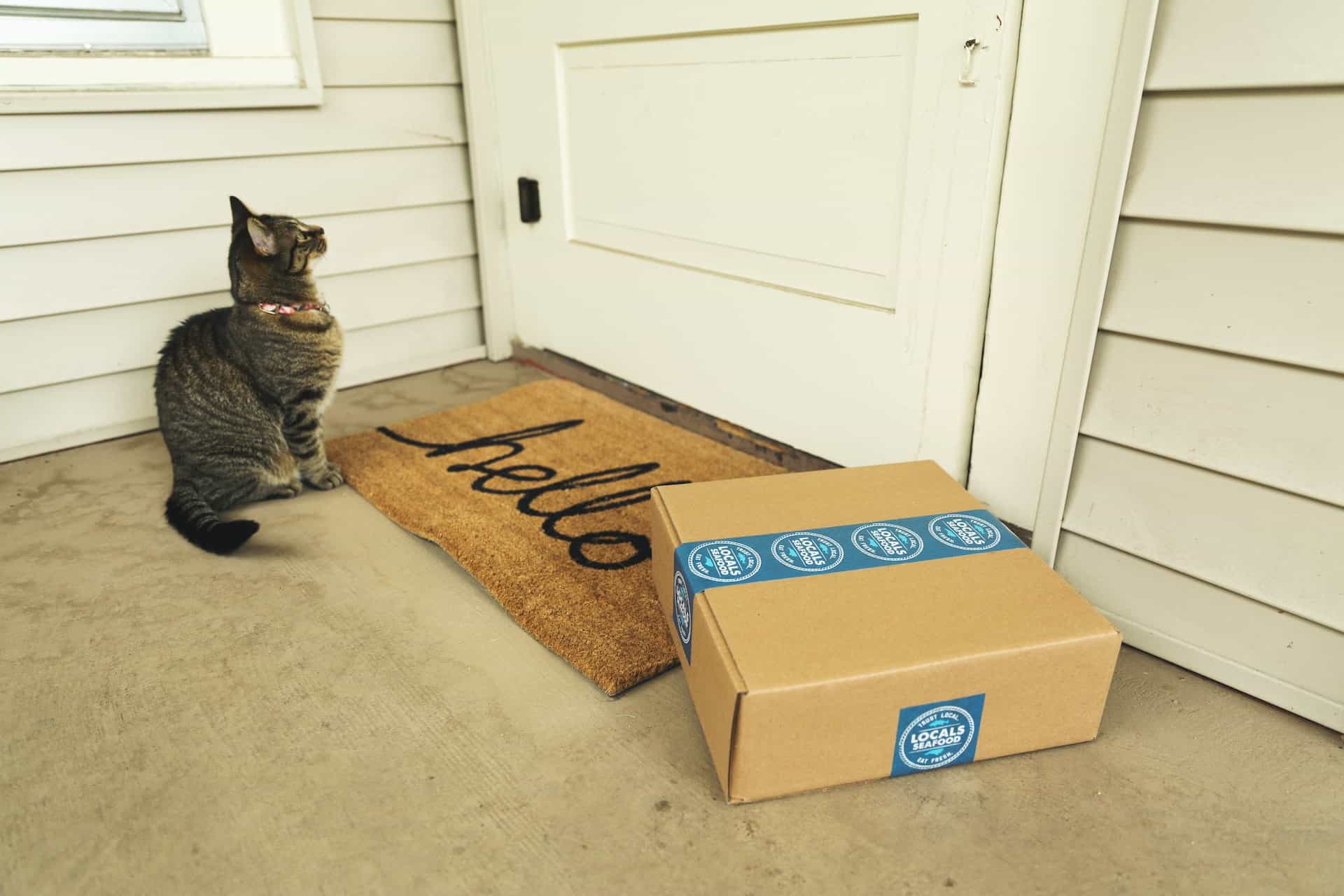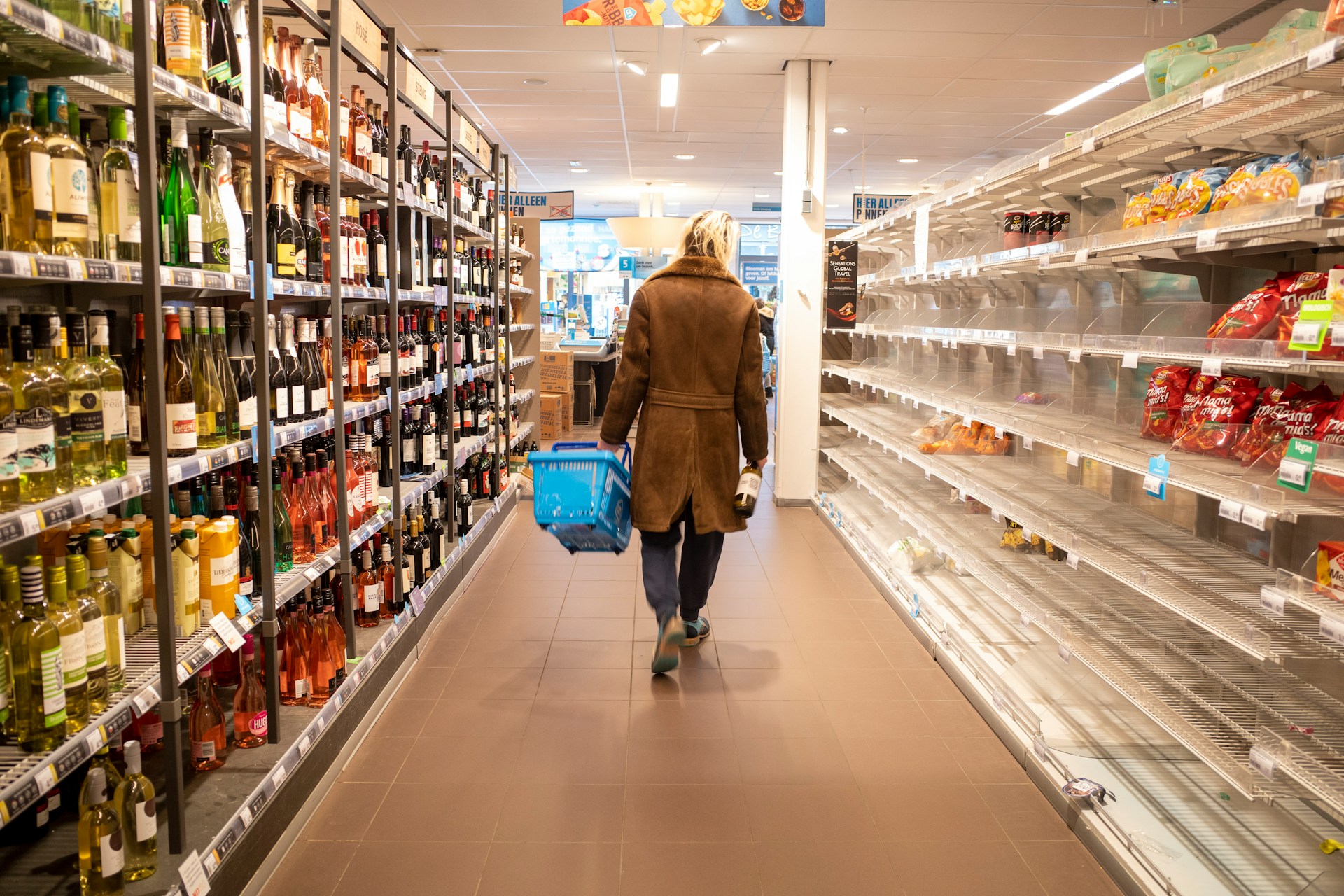
Sustainable Shipping Options to Consider
February 18, 2023 - Lou Farrell
Revolutionized is reader-supported. When you buy through links on our site, we may earn an affiliate commission. Learn more here.
As people become more concerned about the environment and its future, they begin behaving more thoughtfully regarding their choices. Some may decide to walk or bike more often. Others may improve their home recycling habits or look for items they can repurpose instead of always buying new ones. Others have also prioritized doing business with companies that offer sustainable shipping.
One DHL study of European e-commerce shoppers indicated that an average of 53% of people across markets deemed sustainability important when choosing where to buy things. Moreover, almost a third of people under the age of 34 would choose to always pay more if they could buy from a company that offered sustainable deliveries. Additionally, 69% of people across all age groups said they would always or sometimes pay more for sustainable deliveries or packaging.
Those statistics show why it’s important for company representatives to look at sustainable shipping options and see which ones make the most sense for helping them meet their goals. Here are some possibilities they might consider, and some real-life examples that can provide inspiration.
Work With Environmentally Conscious Shipping Providers
A good starting point is to prioritize partnering with companies that go above and beyond in how they operate sustainably. However, it could be more difficult than people realize to find shipping businesses that have made genuine commitments. A June 2022 study from the Mærsk Mc-Kinney Møller Center for Zero-Carbon Shipping (MMMCZCS) indicated that just a small percentage of shipping companies examined during the research had made net-zero pledges.
More specifically, only 33 of 94 companies, representing 35%, had clearly demonstrated commitments to meeting net-zero targets by 2050. The same was true for companies working hard to reach 50% absolute reductions compared to 2008 emissions by 2050. Those findings suggest there’s a long way to go in companies making actual progress toward targets stated by exterior groups.
Thus, business representatives interested in sustainable shipping should ask for concrete evidence regarding what the companies do to make their operations more eco-friendly. It’s not necessary for a business to check all the boxes immediately. However, it’s ideal for the organization to have measurable signs of moving in the right direction.
For example, perhaps people at the business drafted detailed plans with progressively improved targets for each year. Such an act shows that people are acting thoughtfully and making plans to work towards what may now seem like a lofty target. Breaking goals into smaller steps and stages typically makes them more achievable.
Consider Using Parcel Lockers
Many of the world’s cities are getting increasingly “smart.” That is, they’re extremely connected and filled with technologies that promote a better way of life for residents and visitors. For example, some such destinations include automated traffic management systems that keep cars flowing smoothly. When that happens, the companies that offer sustainable shipping options can benefit, too. Eliminating or reducing traffic jams can reduce the emissions associated with last-mile delivery vehicles.
However, research indicates that how companies use parcel lockers matters, too. More specifically, it highlighted how open networks are more sustainable than closed-network ones. The open networks are ones that allow any delivery company to use them, whereas single companies use the closed ones.
The study showed that open networks increase the number of parcels a driver can deliver per stop. Relatedly, they increase the overall utilization rate, meaning there are more occupied lockers at any given time. Researchers believe open-network parcel lockers could be part of the solution to traffic congestion. One of the reasons why is that customers only need to go to a single location one time to pick up all their packages delivered during a day.
In contrast, closed networks don’t have positive effects on traffic congestion. That’s partially because drivers often need to go to several drop-off locations to get all the parcels to the right places. Similarly, consumers have to spend more time in their cars as they move around cities to retrieve all their deliveries.
Company representatives can start by seeing which logistics companies have parcel lockers in the places where most of their deliveries go. One option from Purolator is on the University of Toronto campus. People can get 50% discounts for sending parcels to or from the hub. Professionals involved in sustainable shipping should also stay abreast of third-parties businesses that are working hard to make parcel locker networks less restrictive.
Prioritize Consumer Simplicity in Sustainable Shipping
Many customers are interested in sustainable shipping options offered by retailers. That’s one of the main takeaways of a study from consumers in the United States, Canada and nine European countries. More than 50% of respondents indicated they were quite or very interested in sustainable delivery options from retailers. However, only 38% of those polled felt retailers were doing well in offering them sustainable solutions. That indicates there’s substantial room for improvement.
Retailers can make progress by ensuring it’s as easy as possible for consumers to take part in any sustainable initiatives. Reusable shipping mailers are examples of possibilities that are gaining traction. When companies use those, recipients don’t have to go through the potential hassles of finding places or methods of recycling the shipping packages. Instead, they can simply send them back to the retailer or drop them at designated points within the community.
Boox is one example of a sustainable shipping startup specializing in reusable shipping containers. Projections indicate 1.2 million items will get sent in Boox packaging in 2022, representing an impressive jump from 2021’s 100,000 parcels.
The Boox process starts when the startup secures brand clients, which ship their products in the reusable containers. Each one has a QR code that customers can scan. It shows the nearest places where someone can drop off a Boox after use. Alternatively, people can use the QR code to print off a mailing label used for sending back the container.
This approach isn’t perfect. For example, it sometimes takes a while for people to send back their container. Others might never do it. However, a possible way around that problem is to incentivize people for returning them promptly, such as providing them a discount or entry into a prize drawing.
More Sustainable Shipping Is Possible
It’s not always easy to pinpoint the best sustainable shipping options. Moreover, implementing solutions can’t happen overnight. However, these tips will help shipping professionals and retailers pursue some of the most eco-friendly solutions available to them.
No matter which options the people within a company choose, they should strongly consider setting metrics that can help them verify progress and see if perhaps things aren’t going in the right direction and need further tweaks.
Revolutionized is reader-supported. When you buy through links on our site, we may earn an affiliate commission. Learn more here.
Author
Lou Farrell
Lou Farrell, Senior Editor, is a science and technology writer at Revolutionized, specializing in technological advancements and the impacts on the environment from new developments in the industry. He loves almost nothing more than writing, and enthusiastically tackles each new challenge in this ever-changing world. If not writing, he enjoys unwinding with some casual gaming, or a good sci-fi or fantasy novel.






